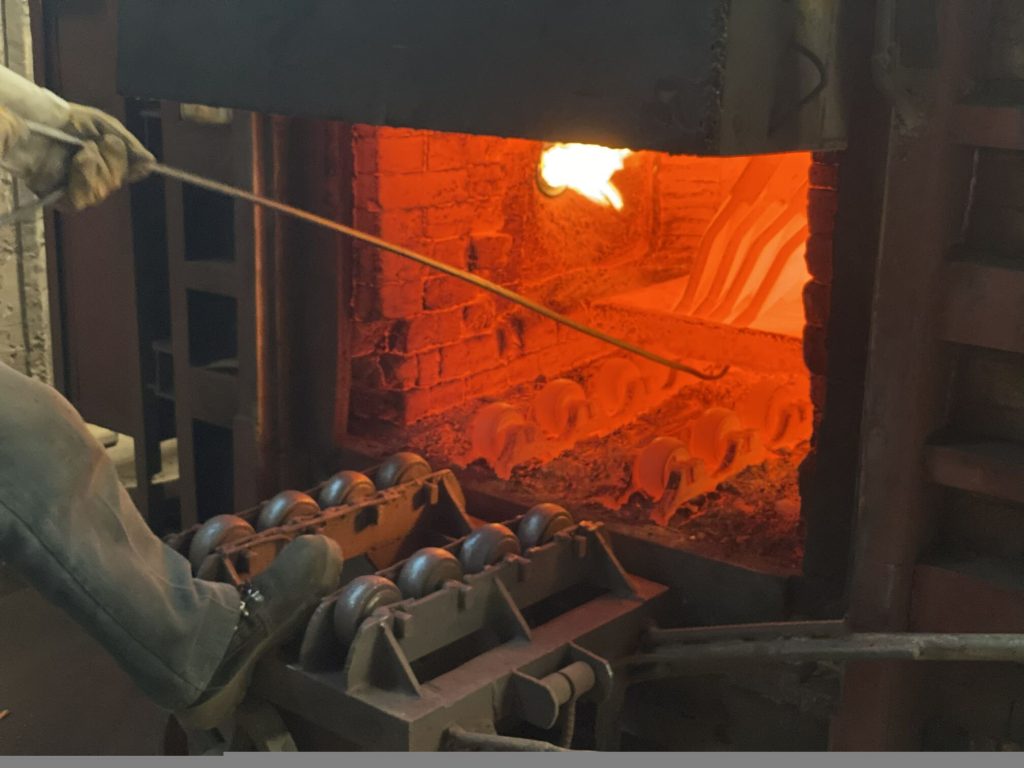The aerospace sector is one of the industries that require a high measure of accuracy, putting greater pressure on robotic process automation systems. They ought to be thin. It is this, which helps these aviation wonders operate in a manner as it was designed. But how does this work as intended? Aerospace castings and components are the answer. They are well-crafted and well-finished. That is the beginning point of the innovation. Aviation casting is a general approach that can produce different aviation products. Peculiarities of aerospace casting Aerospace casting can manufacture numerous items including those for engines and fuel systems. But it does not stop with engine parts, as many other important things are included. At casting, manufacturers source most of their non-engine parts for use in the aerospace field. Among them are numerous internal mechanical pieces, environmental controls, landing systems, cabin control systems, and hydraulic system parts.
Selecting the right material for aerospace castings is not an easy process and requires a lot of consideration of certain factors. Considering each factor in detail, the producers can create high-performance and high-quality castings needed in the aerospace industry. As for other aerospace applications, casting is almost the only option since it offers great flexibility and can be used in many ways. Much like most component printers, it’s unbeaten in its mentions of handling different types of components, quality, and reasonable prices. This happens to enhance production efficiency which in turn helps to reduce costs of manufacturing the airplane without compromising on reliability and performance of some of the most critical airplane manufacturing parts.

There is a sort of metal shaping method known as aerospace castings. This process involves pouring molten metal into a mold to generate complicated pieces and approximately net shapes. One method that is commonly used is investment casting, which is also referred to as lost wax casting. In this location, a wax pattern is painstakingly crafted to replicate the design of the finished component. Following the encapsulation of this wax pattern within a ceramic shell, the wax is melted away, forming a negative mould cavity. After the molten metal, normally high-strength alloys has been poured into the mould and allowed to solidify, the ceramic shell is chipped away to reveal the completed cast component.
The casting investment mold is created after selecting the appropriate investment materials (such as paraffin). The refractory coating process is repeated on the investment mould, which is then allowed to dry at room temperature. It is then necessary to remove the internal melting mould to generate the desired cavity. After it has been demonstrated that the baked shell possesses the appropriate level of strength, any remaining investment elements are burned away, and the requisite metal is poured into the mould, where it is then allowed to undergo the processes of solidification, cooling, shelling, and cleaning. Because of this, the aerospace project can produce a finished product with high precision.
The appropriate material selection is critical to the success of an aeronautical casting. A few examples of high-strength alloys that are frequently used for aerospace castings are as follows:
Castings used in aerospace are the solution of choice for many essential aircraft components for several reasons, including the following as well:
The aircraft industry expects the highest level of performance from its components, and the materials utilized in aerospace casting are of the utmost importance to meet these standards. Below are some key qualifications that the castings used in the aerospace industry should possess: Light in weight, Strong, high heat tolerance and durability. This applies whether the castings are for commercial, military, or space vehicles. Achieving the desired characteristics of manufacturers’ castings in terms of quality, size, strength, and cost requires an evaluation of numerous material selection factors. When choosing materials for aerospace castings, it is important to take into consideration the following variables: When selecting materials for aerospace castings, it is important to take into consideration the following variables:
Aerospace castings are known to perform an extremely important function, and at Fuchun Casting, we understand this fact very well. Thus, we shall avail all-encompassing services over and beyond the castings per your needs. This includes the following:
Conclusion:
Because Fuchun Casting is a manufacturer, it can assist with your one-of-a-kind project by connecting you with reputable aerospace casting manufacturers. Sand casting, investment casting, and die casting are the three types of casting that can be done through the Fuchun Casting platform. Their manufacturers are certified to meet stringent aircraft quality standards and have vast experience working with complex alloys and near tolerances. Additionally, they have a wide range of industry experience. Using Fuchun Casting, you can effortlessly manage the entire project, from the sourcing stage through delivery, with access to real-time updates and quality checks. Fuchun Casting can offer an effective and dependable solution for your aerospace casting needs.